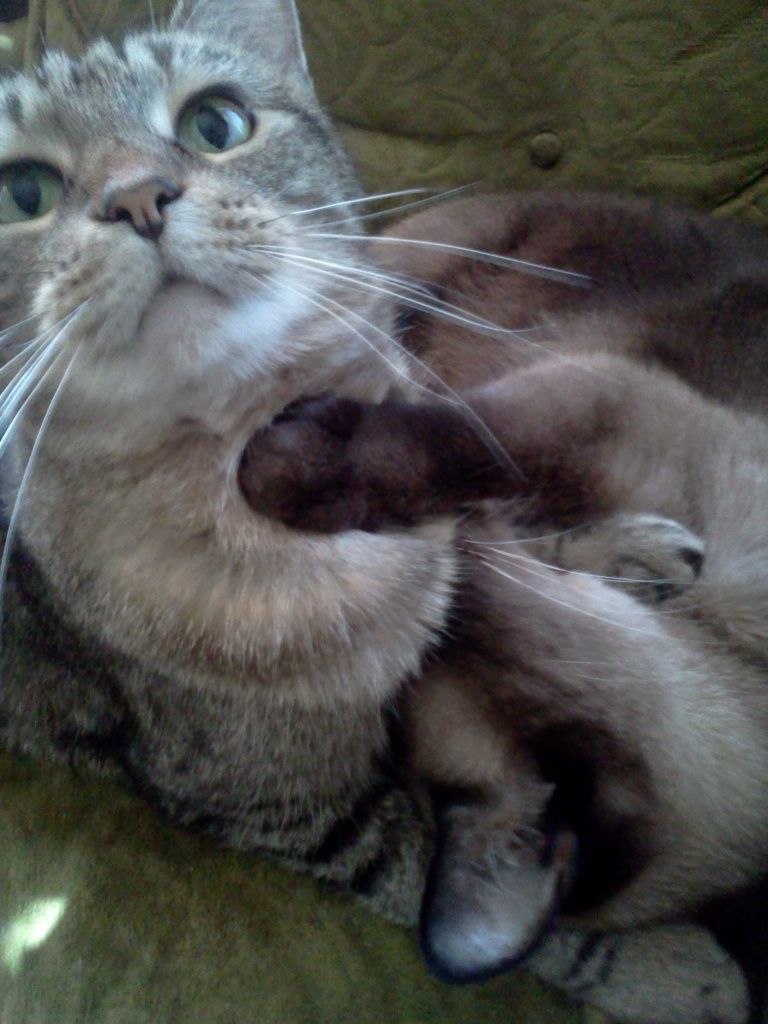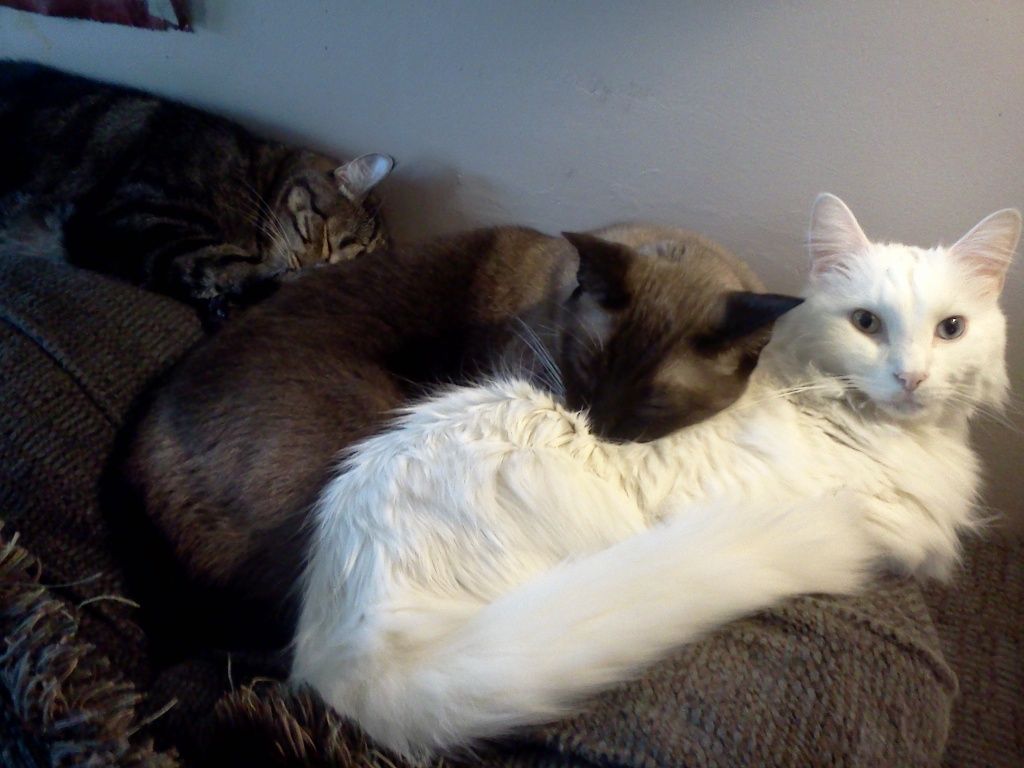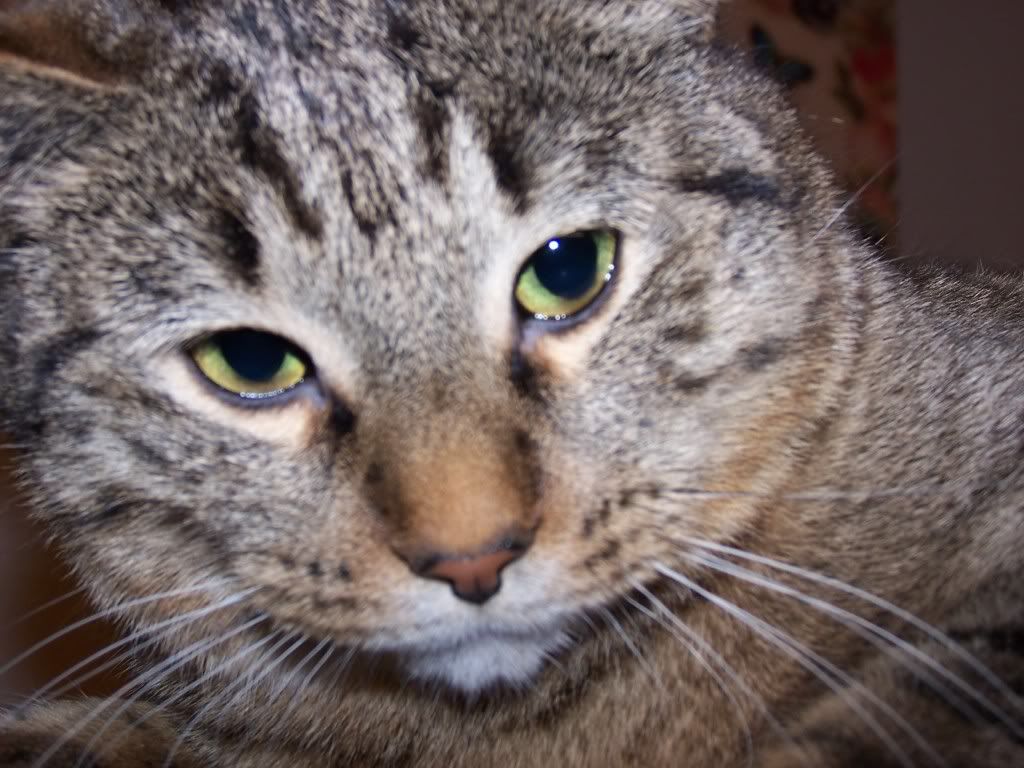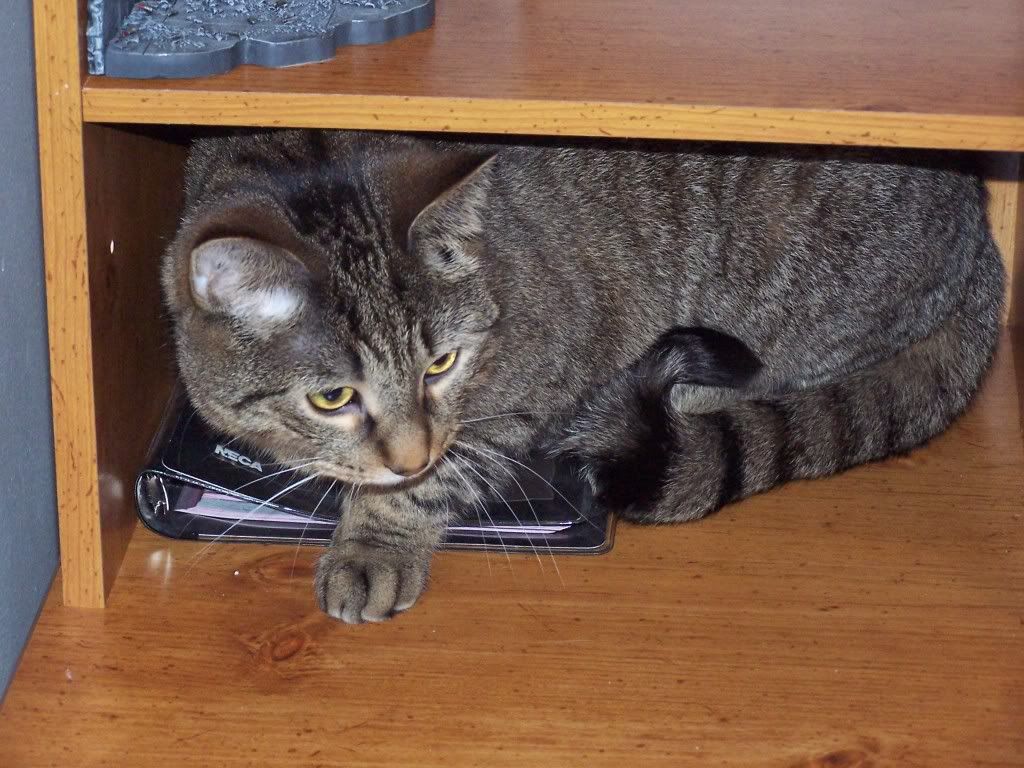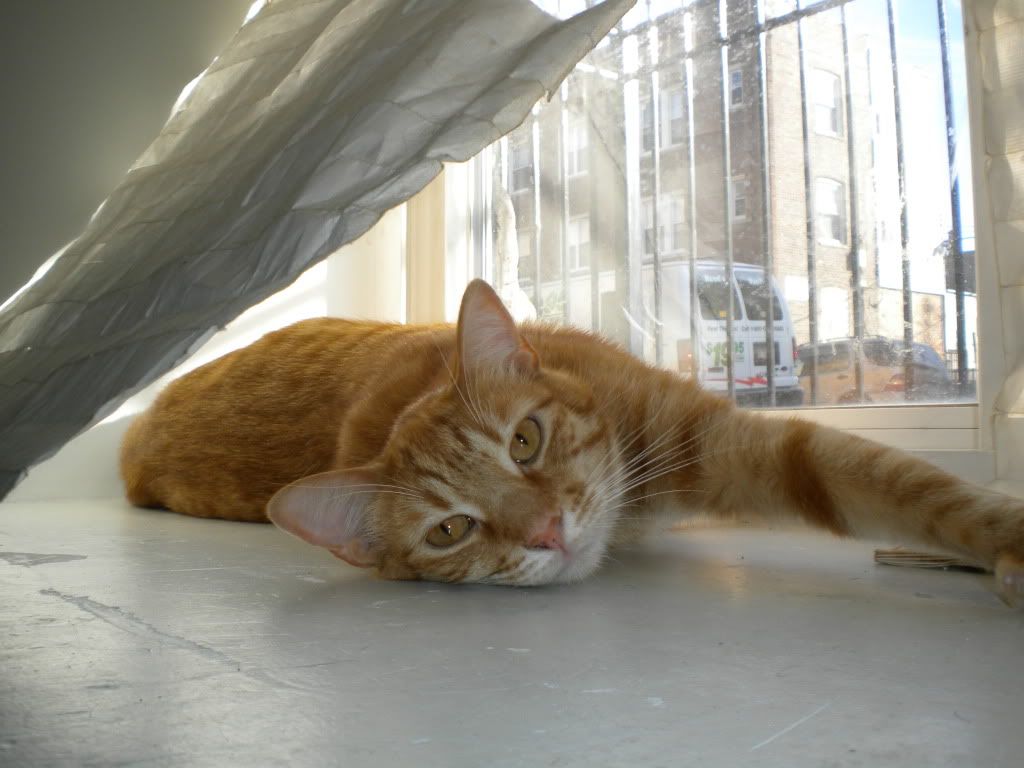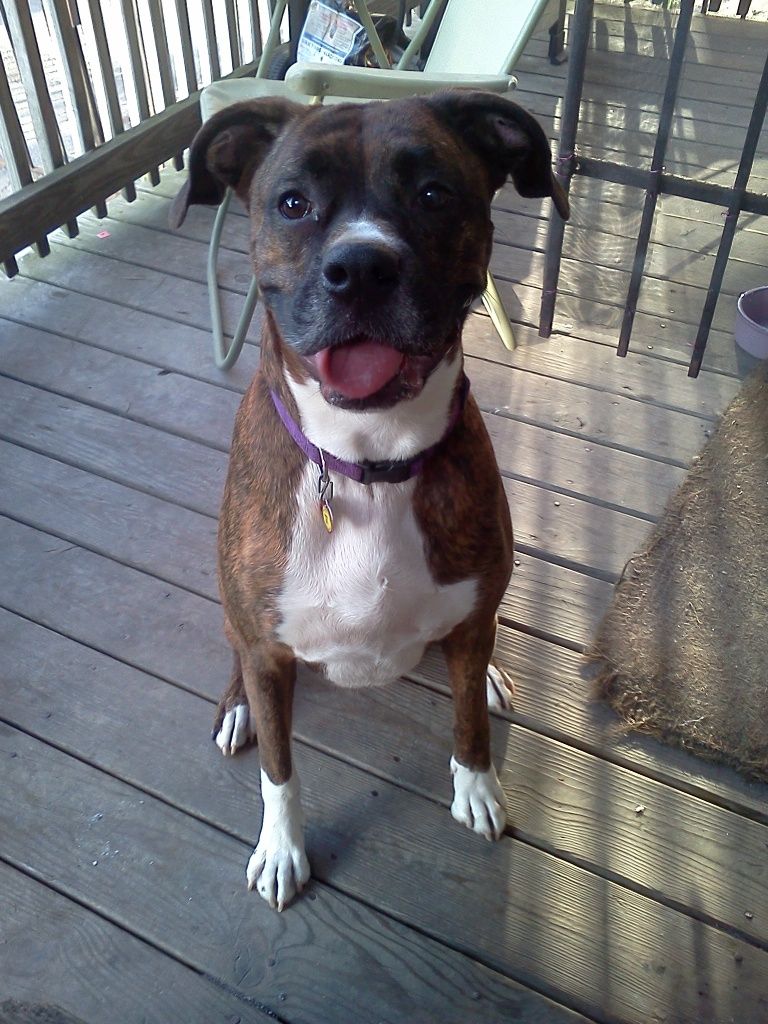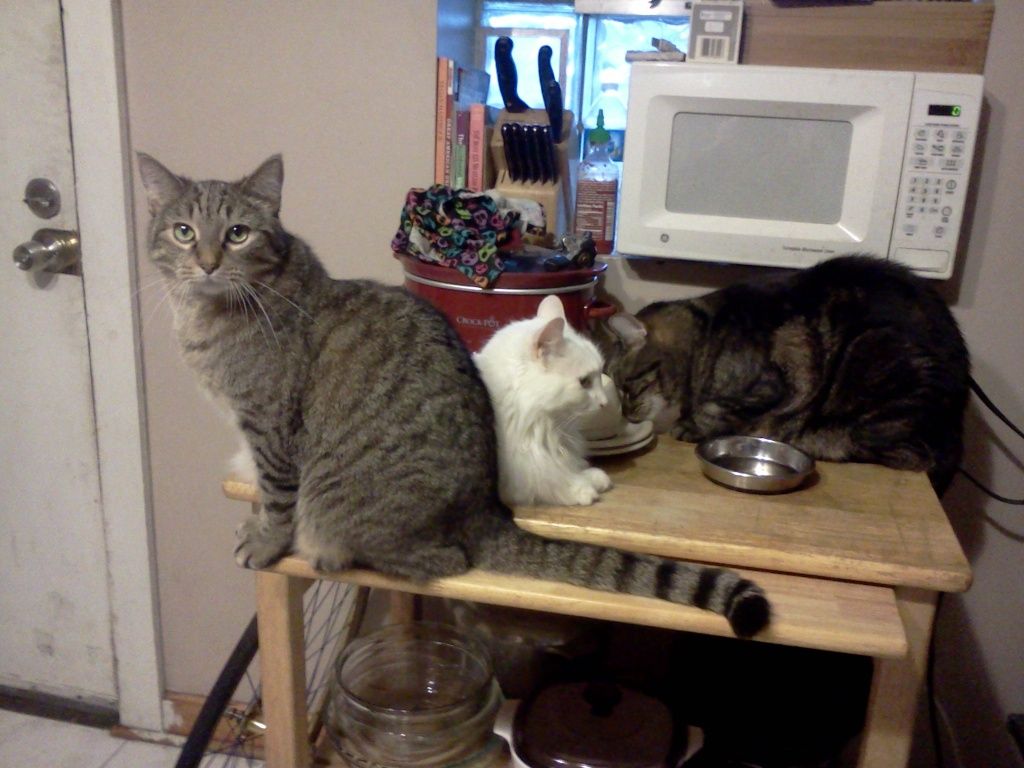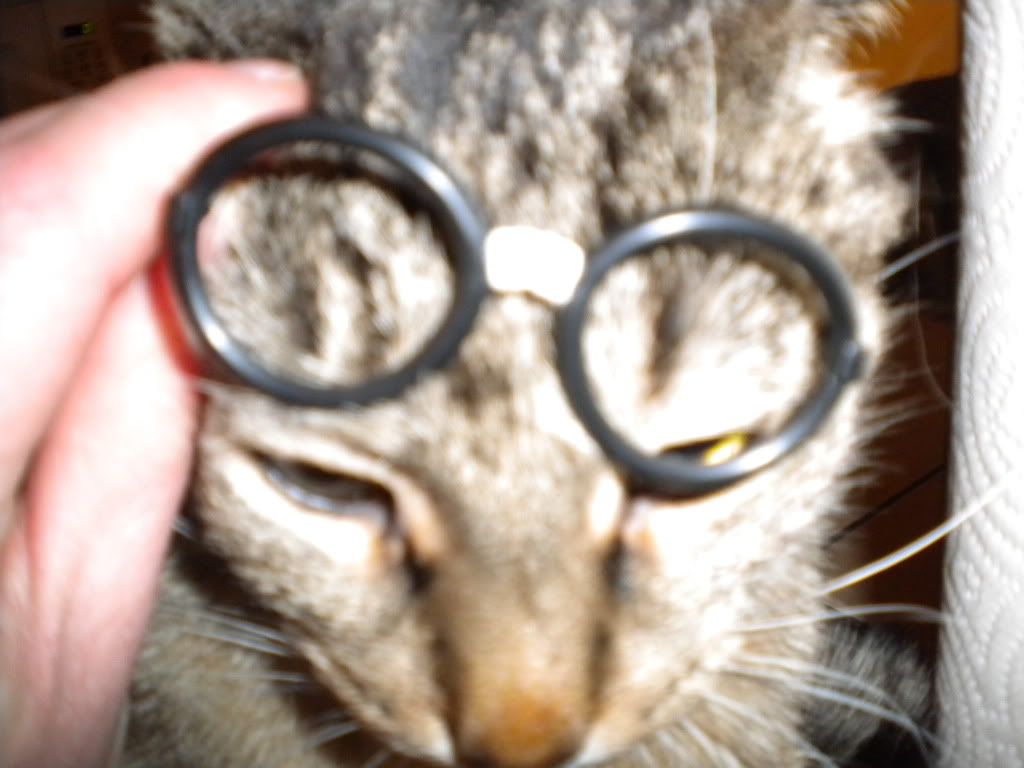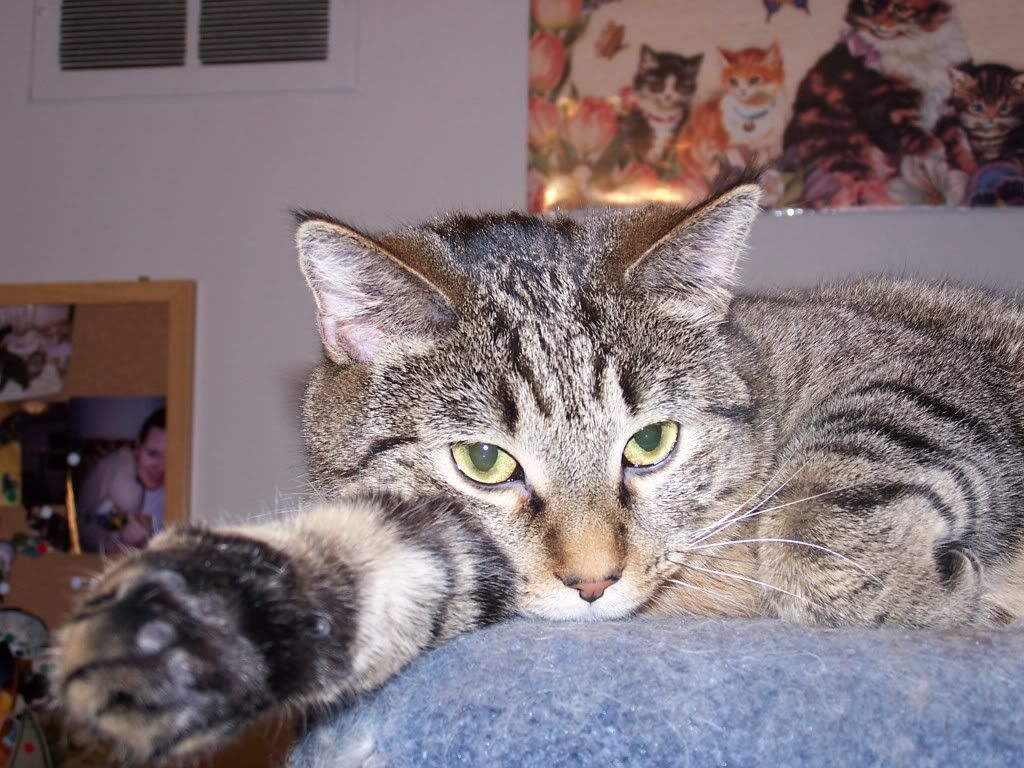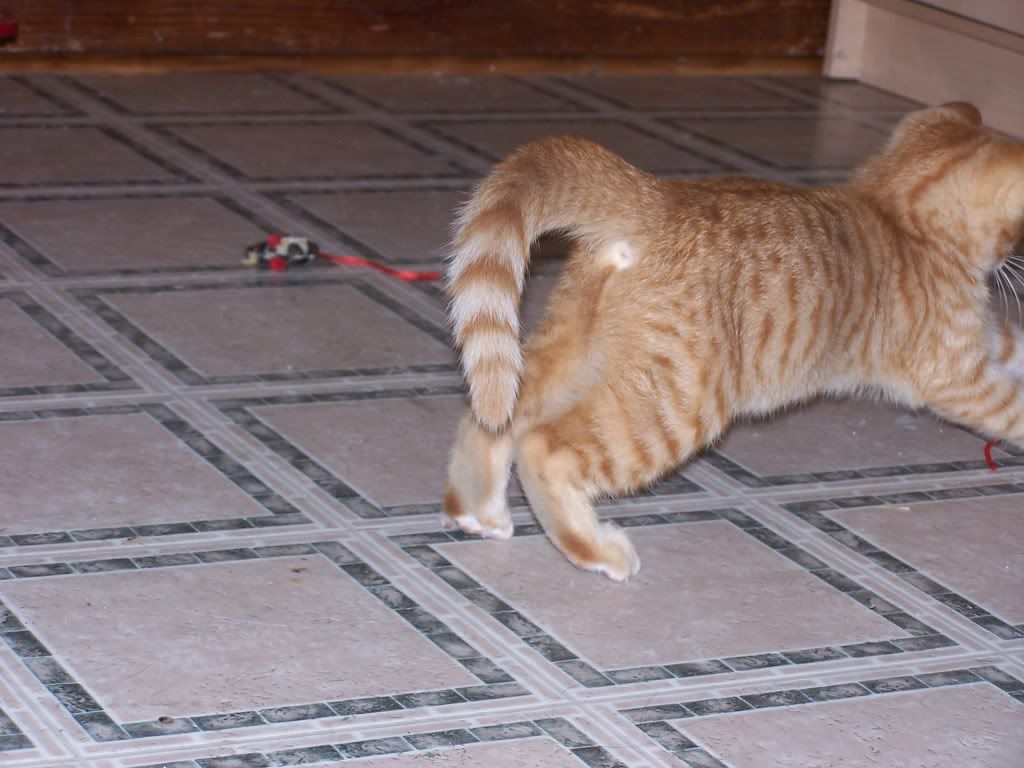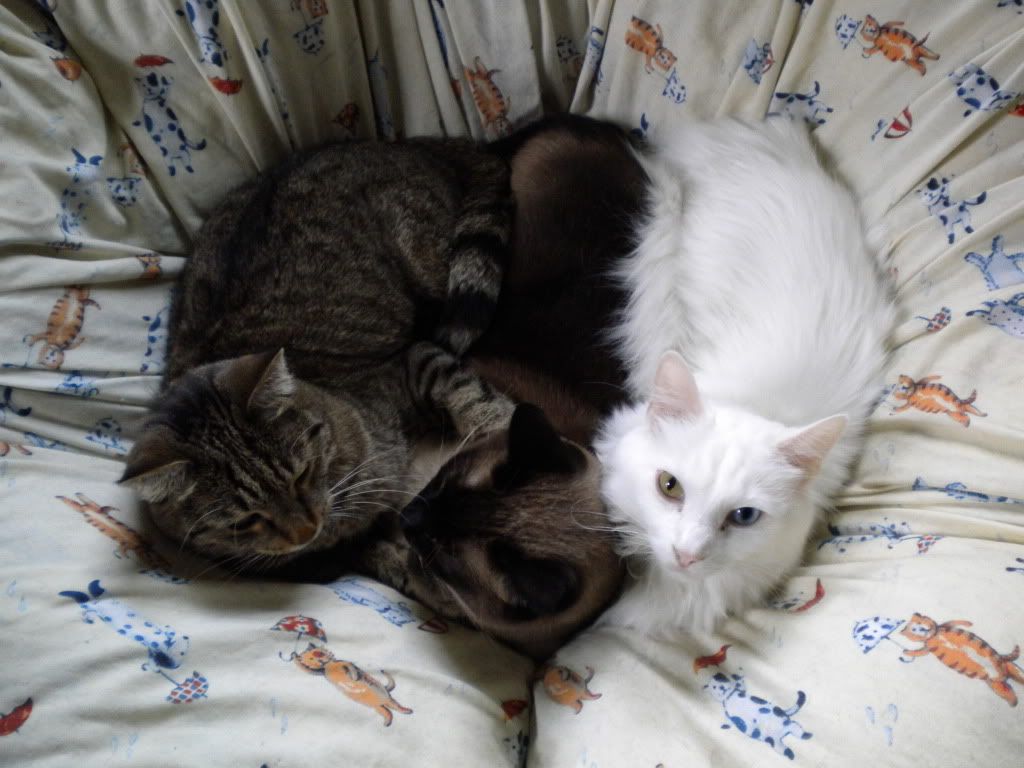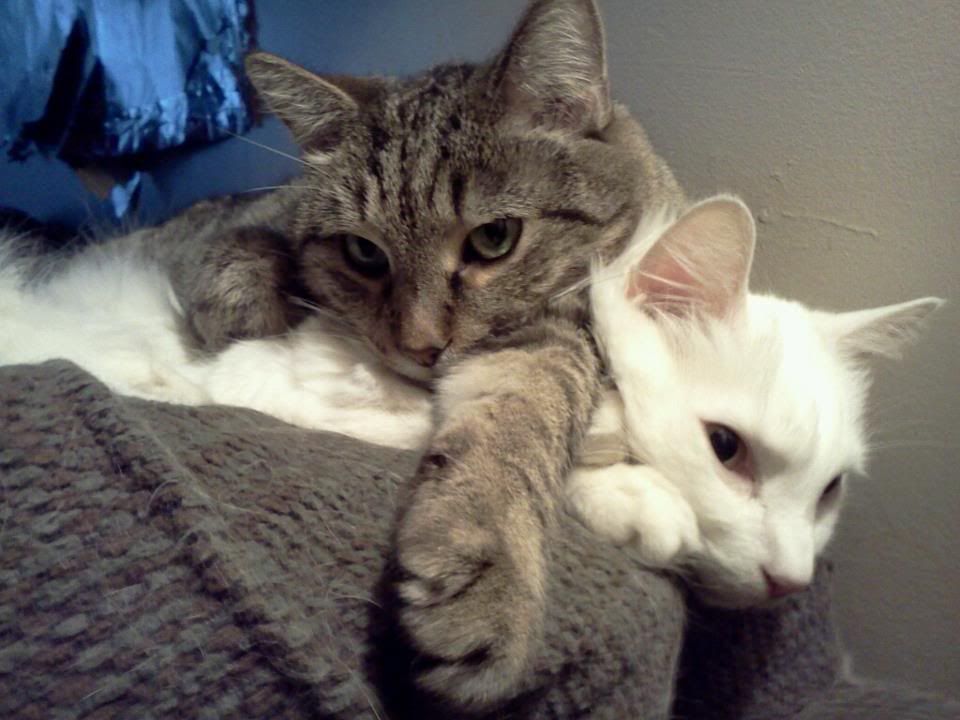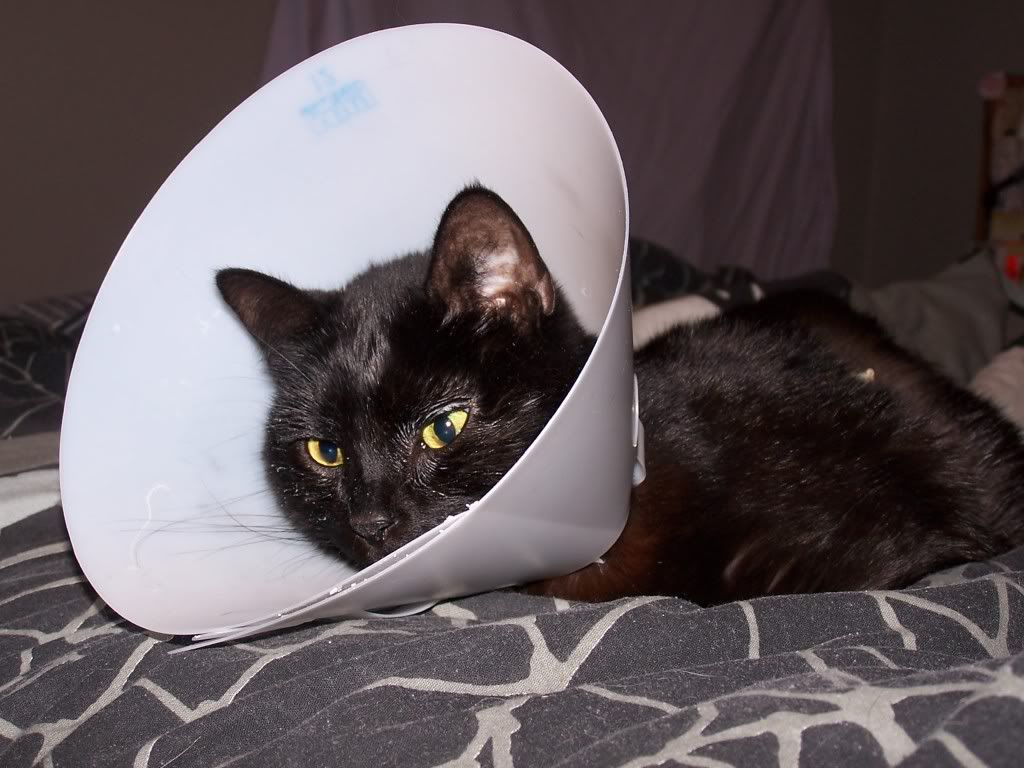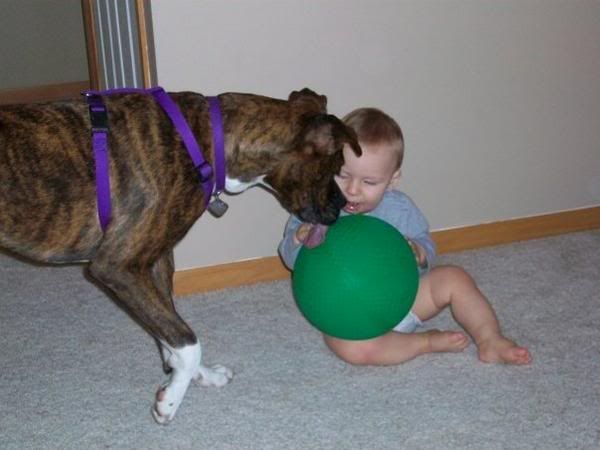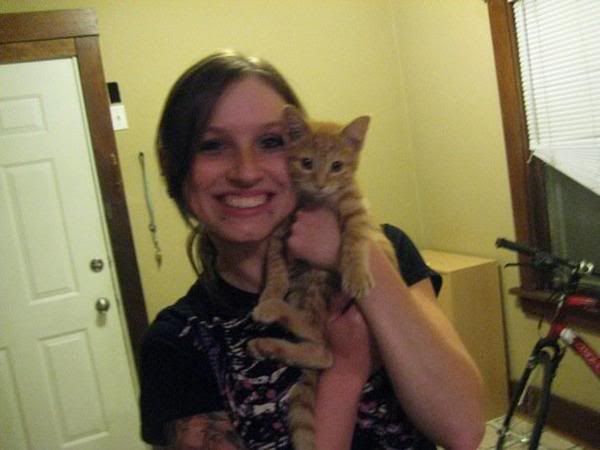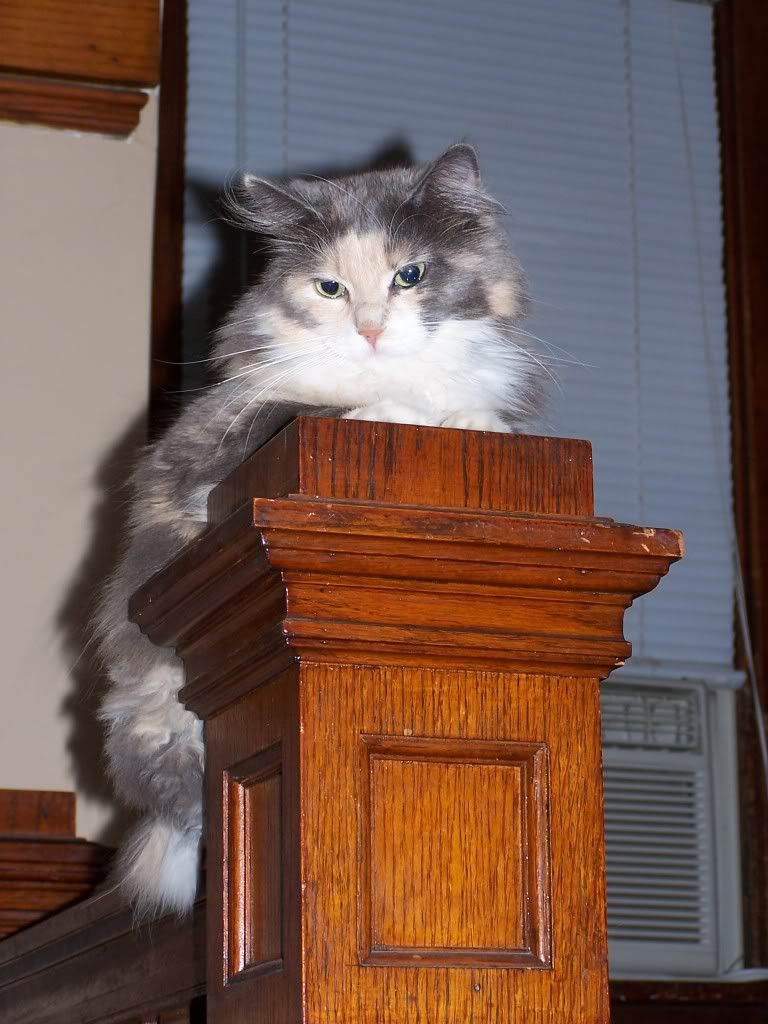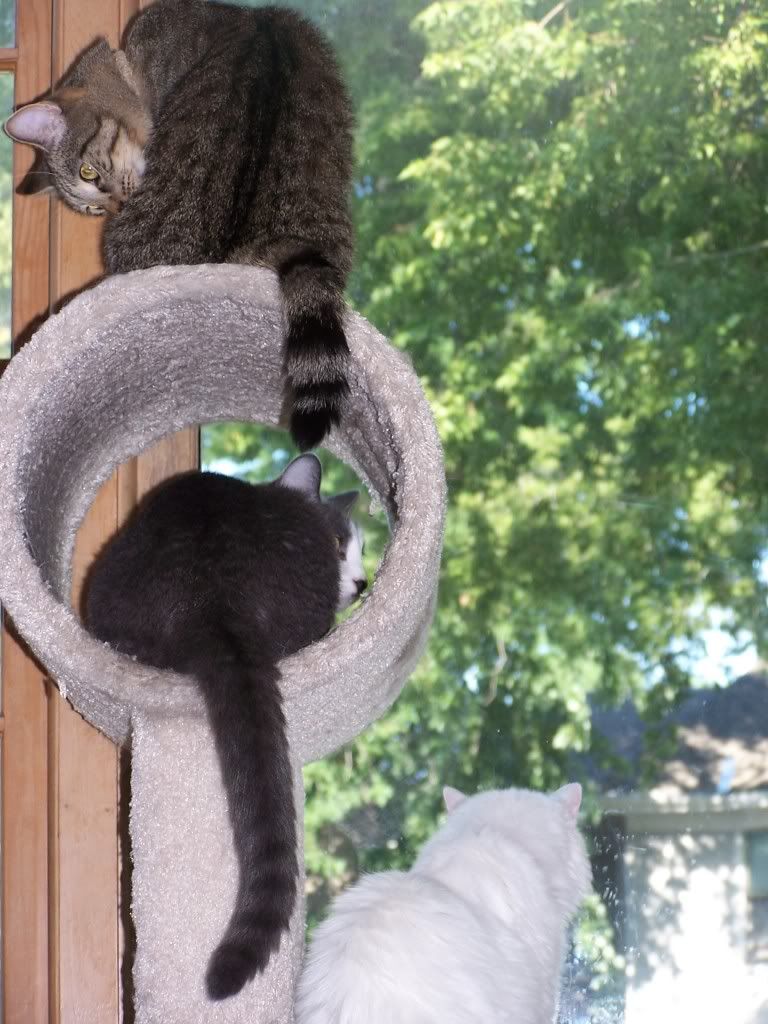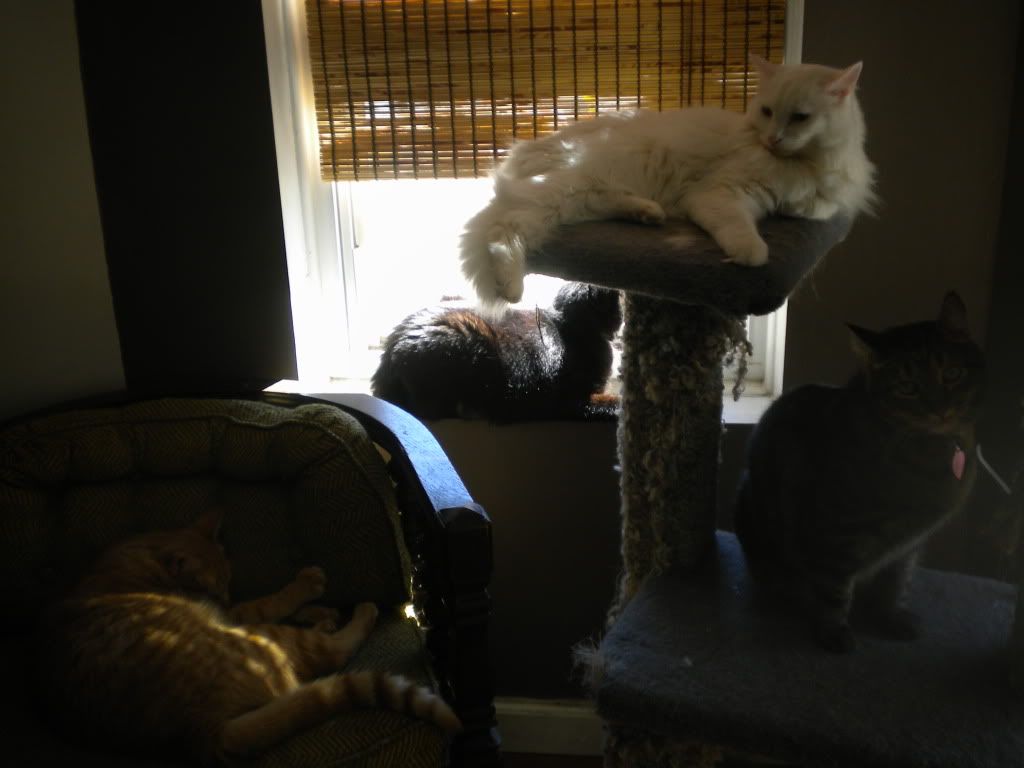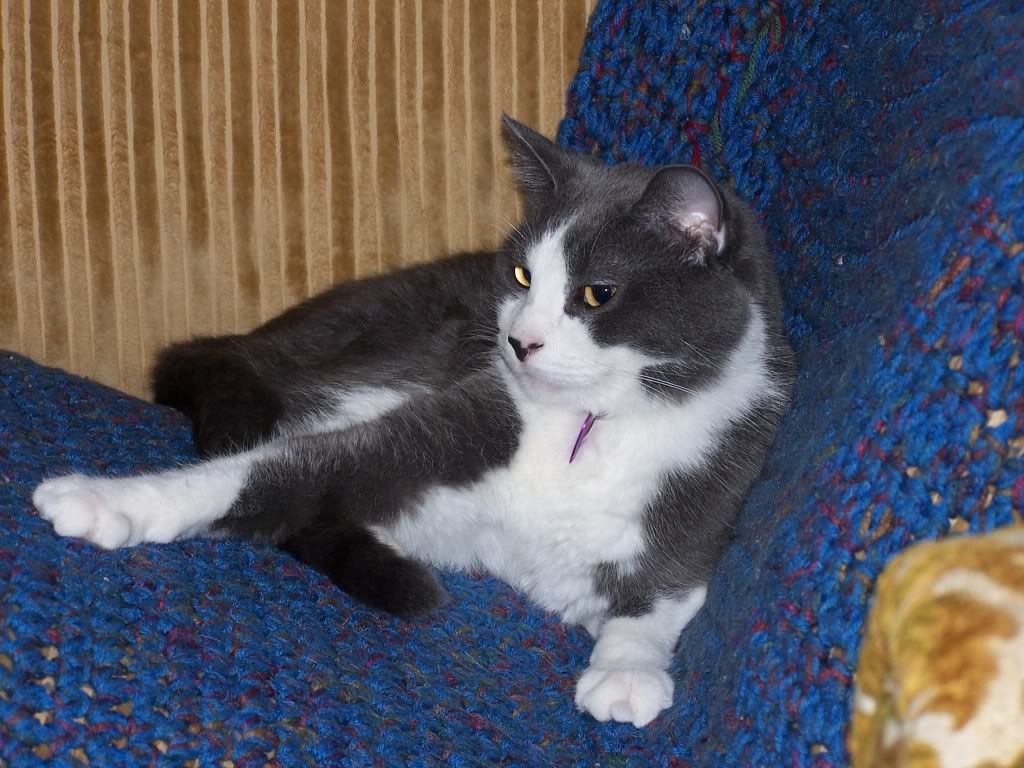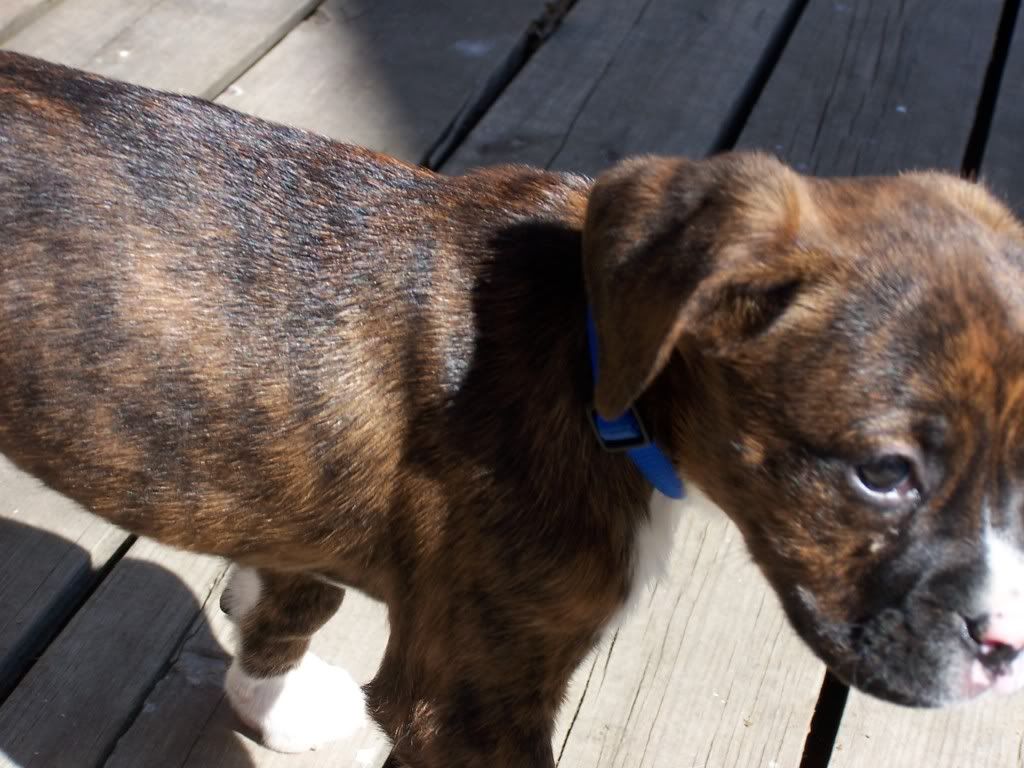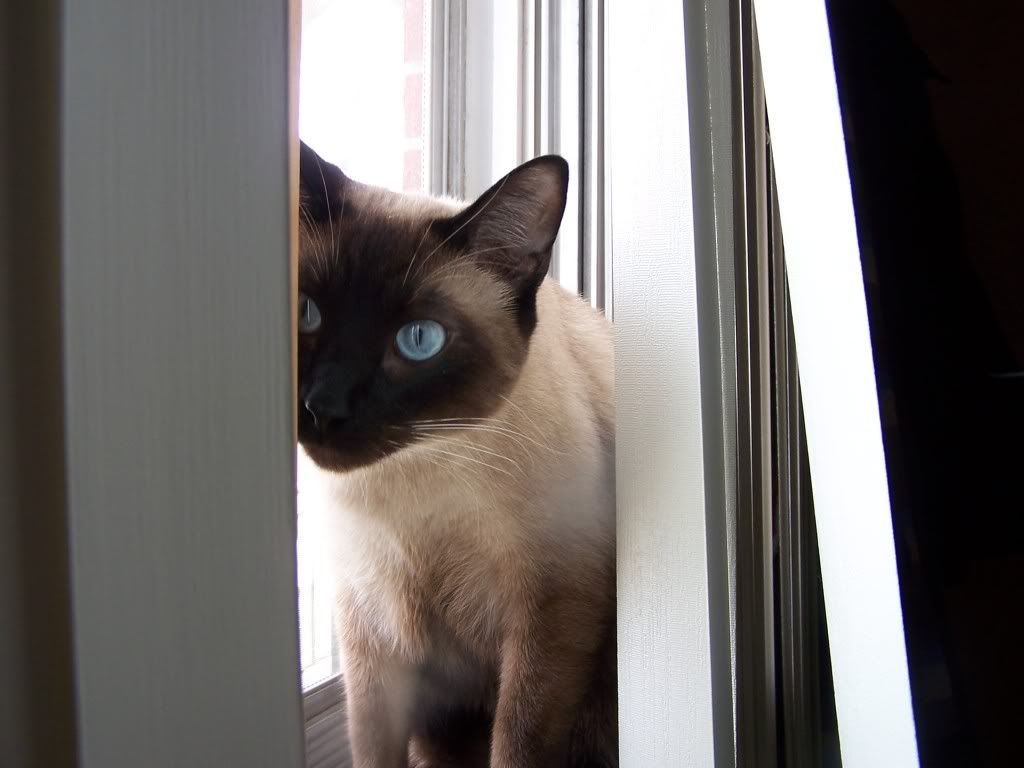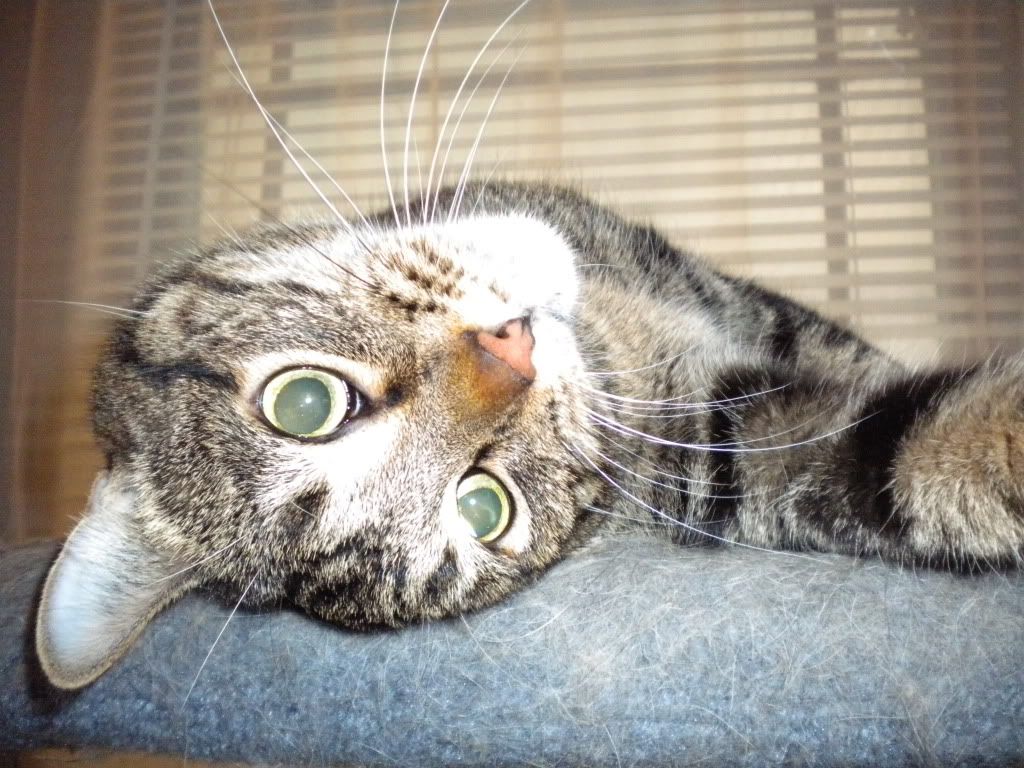Earlier I told you about the wonderful changes that
grain free feeding has brought about in my household. Switching to grain free food was hugely important for the health and well being of my cats, but it's far from the only positive change I've made when it comes to the feeding of my cats.
Free VS Scheduled Feeding
Free feeding is when you leave food out for your cat to consume at his/her leisure. Scheduled feeding is when your cat eats regular meals controlled by you. About seven years ago I made the switch from free feeding to scheduled feedings. There are many benefits to scheduled feeding, especially in a multi-cat household (no more squabbles, or worse, over food dishes!). My favorite benefit is that you can see any appetite changes right away, and appetite changes are often a first sign that kitty is not feeling well. Other things that are awesome about scheduled feeding are: you control the portion sizes, cats requiring medication can have their pills crushed up in their food, you get to control where everyone eats (soon enough they'll learn where you want them to go and beat you there!) and you also can make sure that one cat isn't hogging all the food while another cat is going hungry. Finally, even though I don't think this really matters much at all, it's more "natural" for your cat to eat meals then it is for it to "graze" all day.
 |
Damien, enjoying his meal from his perch on the
counter, and Bob's food, complete with
crushed medicine. |
The downside to scheduled feedings is that you have to take the time to schedule it in twice a day. It's not overly time consuming however, more just a matter of working it into your routine. Every morning I wake up, put a third cup of dry cat food into each of seven bowls, put a half can of wet food into the eighth, put the bowls in the different places around the house that each cat eats, give the dogs their food, then start getting ready for work. By the time I'm ready everyone has finished eating, so I pick up all the bowls and then go on my merry way. Then, in the evening, I start the process again — this time with canned food. Three cans, eight bowls, spread out into every one's specific spots, feed the dogs, and about 15-20 minutes later everyone is done eating and I pick everything up again. Quick and easy, even more so for those of you who have less than eight cats.
Switching from free to scheduled feedings is easy, but your cat is going to try to convince you differently. All you have to do is pick up the dishes with cat food in them, and then start only offering your cat food twice daily, giving them about 20 minutes to eat before you pick up the dishes again. While getting used to this new way of eating, your cat is going to try to convince you he's starving, but soon enough they will adjust to the new routine and only harass you for food when it's about time to eat. Another benefit, your cat is guaranteed to pay attention to you at least twice a day!
Some Nutritional Requirements
I am in no way, shape, or form a cat nutritionist, but here are a few things I've learned about feline nutrition over the years.
- Your cat is an obligate carnivore. Cats are meant to eat meat, not fruits and veggies, not grains or corn, just meat. If you haven't already, check out the ingredients in your cat's food, then read my post about How Grain Free Food Changed Our Lives.
- Taurine, in addition to being a popular ingredient of energy drinks, is an organic acid that your cat must have in their diet. Taurine is found naturally in meat and fish, and commercial pet food companies add taurine back into the cat foods they produce. Without taurine your cat's fur will start to look awful, their vision will be impaired, eventually to the point of blindness, and finally, they will die.
- Feed fish sparingly. Although most cats love fish, it's not necessarily the best source of protein for them, nor is it something they commonly eat "in the wild" (although neither is chicken, or turkey, or beef, or any of what we normally feed our cats). In finicky sorts of cats, a fish "addiction" problem can develop, where your cat will start to turn up his nose at most anything else. Aim for a variety of protein sources.
Portion Sizes & Overfeeding
First, look for the "Feeding Guidelines" on your bag or can of cat food, read them, then completely disregard them. Even with brands of food my cats and I really like, the feeding guidelines are so very wrong. It's a lot like how the bottle of shampoo tells you to lather, rinse, repeat. There's no real reason to repeat, they just want you to run out of shampoo faster so you'll buy some more. If I followed the Wellness brand canned food guidelines, I'd need to feed my cat family 10 cans per day. Realistically, if I only fed wet food for both meals, I'd actually use only six cans per day. That's a four can or about $6 difference.
That's not the only way overfeeding hurts your pocketbook either. Just like in humans, obesity is really bad for your pet's health, and we seem to be having a sort of fat pet epidemic going on here. If your pet is overweight, they are going to have more health problems, you're going to be spending more time and money at the vet, and they are going to die sooner. If your cat is fat, you are feeding him either a.) too much b.) the wrong stuff or c.) a combination of both. Remember, your cat's stomach is not really all that big, smaller than a golf ball, so it doesn't take that much to fill it up.
If you switch your cat to scheduled feeding, it becomes evident how much you should actually be offering. Measure the food in some way, whether it's by cup of dry food or portion of canned, and then, after you've offered it to your cat for 15-20 mins, everything still left in the bowl is more than your cat needs. When I started scheduled feeding I kept a little book to document how much everyone ate. Originally I offered them each a 1/2 cup of dry food per bowl, and after observation, eventually went down to 1/3 cup per bowl. (Keep in mind that cats need to eat less grain free food than they do a regular grainy commercial cat food because it doesn't have all the fillers.) Use their body weight as your guide, it's the best indicator of if you're offering enough or too much food.
I've written this disclaimer before, but if your cat is already obese, you need help while getting them to lose weight. It is extremely dangerous for an overweight cat to lose weight too quickly, and the fatter they are, the more dangerous it gets.
Canned Food & Water
Stating the obvious, your cat needs to have fresh water available at all times. That being said, feline bodies are designed to absorb water while the cat is eating. A cat that hunts prey for food will not drink water all that often, because raw meat is full of water. A cat eating dry kibble needs to drink water, because they can't absorb enough water through their food. One of the reasons canned cat food is so excellent for your cat is because, although it's no dead mouse, it has a high water content, allowing your cat to absorb more water in a natural way. When I dish out the canned food at night, I mix in even more water. The more water your cat drinks, the better, especially if you had issues with urinary tract infections.
Finicky Eaters
I feel like cats are notorious for this, but of my eight I only have one who I would consider finicky. Sometimes it's simply a matter of figuring out what they like, Damien, for example, will not eat beef. He's just not interested, so I don't buy cat food that includes beef. Another part of D's finicky-ness is that he won't eat with the other cats. He would rather not eat at all than be asked to dine in proximity of everyone else, so I feed him on the kitchen counter, away from even the sight of his siblings chowing down.
If your cat acts like a finicky eater, or suddenly changes eating habits, check out their teeth. If their mouth is bothering them, it doesn't matter what or how much you're offering, they aren't going to eat with any sort of vigor while in pain. Red gums, large plaque deposits, cavities, and loose teeth are all things that can make your cat not eat, bestowing on him the name of "finicky eater" when the problem could be easily solved by a good dental from your vet.
Play around, figure out what your cat likes, and don't be afraid to mix it up. There's no need to stay brand loyal, giving different flavors and types of food will help prevent your cat from developing a strong preference to one flavor or brand. In addition, it gives your cat a more well rounded diet, as what one food company may be lacking in, another may excel. Put in the effort to feed your cat healthier even if he resists, it will be well worth it in the long run.
